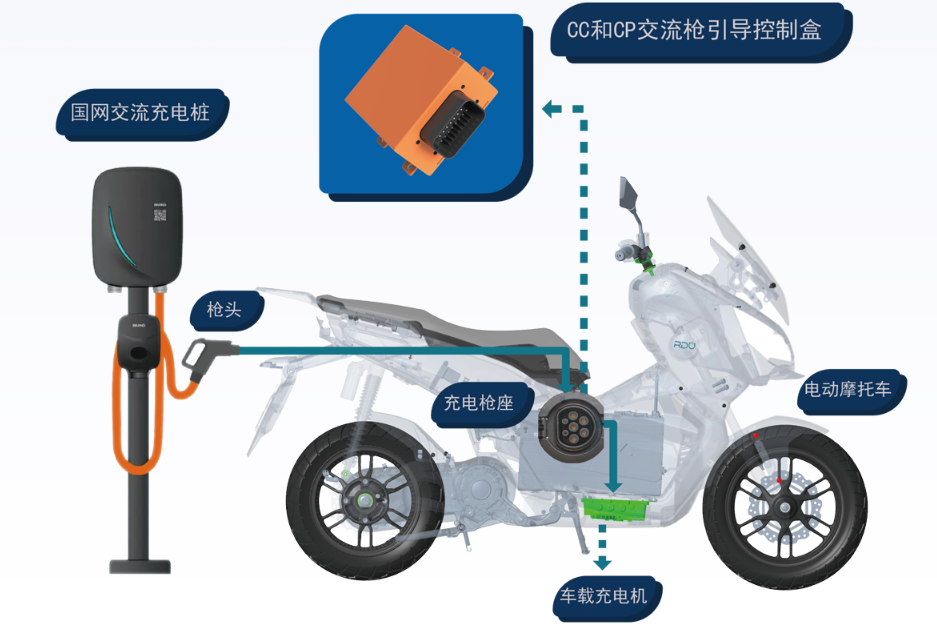
Innovations in electric motorcycle Charging Technology: Fast Charging, Wireless Charging, and Battery Health Management
Abstract: In recent years, electric motorcycles have gained significant traction as an eco-friendly and efficient mode of transportation. The continuous innovation in charging technology has played a crucial role in enhancing the usability and acceptance of electric motorcycles. This article focuses on three key aspects of Electric motorcycle charging technology: fast charging, wireless charging, and battery health management. It delves into the latest developments, benefits, challenges, and future prospects of each technology.
I. Introduction
The global trend towards sustainability and reducing carbon emissions has led to a surge in the popularity of electric motorcycles. To make these vehicles more practical and convenient for users, continuous innovation in charging technology is essential. Charging technology not only affects the range and performance of electric motorcycles but also impacts user experience and the overall adoption of electric vehicles.
II. Fast Charging
A. Principles and Technologies of Fast Charging
Fast charging aims to reduce the charging time of Electric motorcycle batteries significantly. It utilizes advanced battery management systems and high-power charging equipment to deliver a large amount of current to the battery in a short period. For example, some fast charging systems can charge a battery to 80% in just 30 minutes. These systems employ sophisticated algorithms to monitor and control the charging process, ensuring that the battery is charged efficiently without overheating or damage.
B. Benefits of Fast Charging
The primary benefit of fast charging is convenience. Electric Motorcycle riders can quickly recharge their vehicles during breaks, reducing downtime and making long-distance travel more feasible. It also helps in alleviating the "range anxiety" that many electric vehicle owners experience. Additionally, fast charging stations can be strategically located to provide quick charging services at popular destinations such as shopping malls, office parks, and highway rest stops.
C. Challenges and Solutions
One of the main challenges with fast charging is the heat generated during the charging process. High currents can cause the battery to overheat, which may lead to a decrease in battery performance and lifespan. To address this issue, manufacturers are developing advanced heat dissipation technologies, such as liquid cooling systems and heat sinks. Another challenge is the compatibility of fast charging with different types of batteries. Standardization efforts are underway to ensure that fast charging systems can work seamlessly with a wide range of electric motorcycle batteries.
III. Wireless Charging
A. Working Mechanism of Wireless Charging
Wireless charging eliminates the need for physical cables, providing a more convenient charging experience. It works based on the principle of electromagnetic induction. A charging pad placed on the ground emits a magnetic field, which induces an electric current in a receiver coil installed on the electric motorcycle. The receiver coil then converts the magnetic energy into electrical energy to charge the battery.
B. Advantages of Wireless Charging
Wireless charging offers several advantages over wired charging. Firstly, it eliminates the hassle of plugging and unplugging cables, especially in situations where space is limited, such as in crowded garages or on crowded streets. Secondly, it reduces wear and tear on the charging ports, as there is no direct physical connection between the charger and the vehicle. Additionally, wireless charging has the potential for integration with smart infrastructure, allowing for seamless and automated charging experiences.
C. Limitations and Future Developments
Currently, wireless charging has some limitations. One of the main issues is the charging efficiency, which is lower than that of wired charging. The magnetic field strength decreases with distance, resulting in slower charging speeds. However, ongoing research is focused on improving the efficiency of wireless charging systems. Another challenge is the alignment of the charging pad and receiver coil, which requires precise positioning for optimal charging. Future developments may involve the use of advanced sensor technologies to automatically align the charging components.
IV. Battery Health Management
A. Importance of Battery Health Management
Battery health management is crucial for ensuring the long-term performance and lifespan of electric motorcycle batteries. A poorly managed battery can experience premature degradation, leading to reduced range and increased maintenance costs. Battery health management systems monitor various parameters such as battery voltage, temperature, and state of charge to detect and diagnose any potential issues.
B. Advanced Battery Health Management Techniques
Advanced battery health management techniques include predictive algorithms that can forecast battery degradation and adjust charging profiles accordingly. These algorithms take into account factors such as battery usage history, environmental conditions, and charging patterns to optimize battery performance. Additionally, some systems use machine learning and artificial intelligence to continuously learn and improve battery management strategies over time.
C. Integration with Charging Technologies
Battery health management systems can be integrated with fast charging and wireless charging technologies to provide a more holistic approach to charging. For example, during fast charging, the battery health management system can monitor the battery's temperature and adjust the charging rate to prevent overheating. In the case of wireless charging, it can ensure that the charging process is optimized for battery health by controlling the charging time and intensity.
V. Future Prospects
The future of electric motorcycle charging technology looks promising. With ongoing research and development, we can expect further improvements in fast charging speeds, increased efficiency of wireless charging, and more sophisticated battery health management systems. These advancements will not only enhance the user experience but also contribute to the widespread adoption of electric motorcycles as a sustainable transportation solution.
VI. Conclusion
Charging technology innovation has been a key driver in the evolution of electric motorcycles. Fast charging, wireless charging, and battery health management are three interconnected aspects that are shaping the future of electric motorcycle charging. While there are still challenges to overcome, the continuous efforts of researchers and manufacturers are leading to significant progress in this field. As these



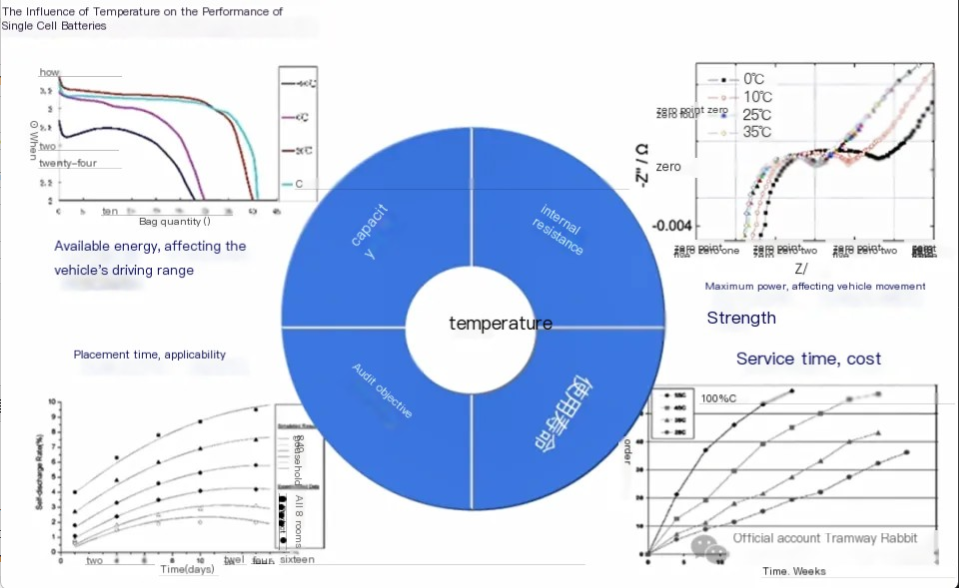


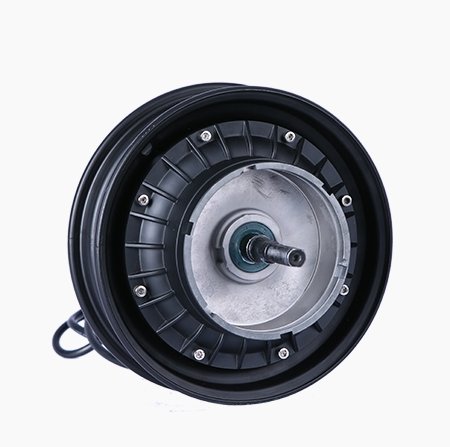
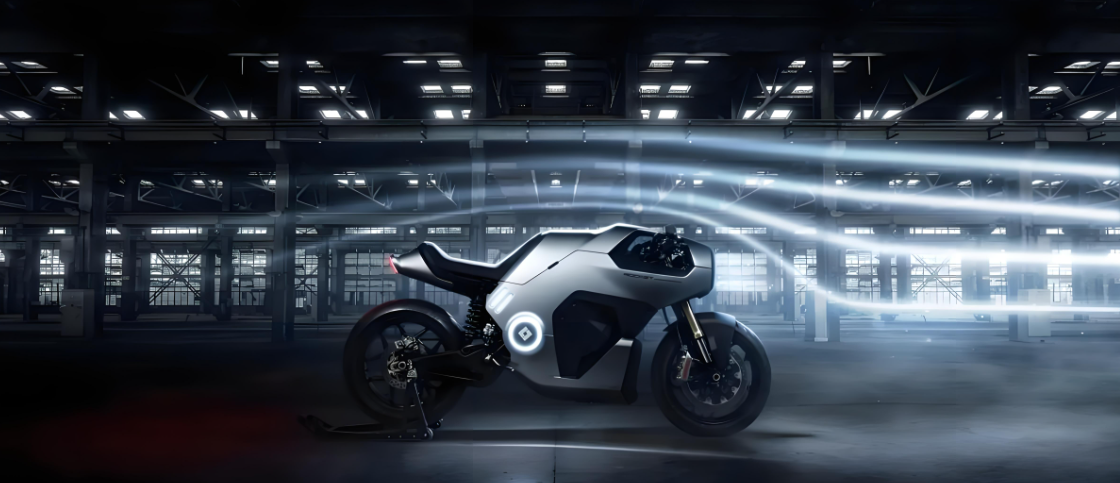

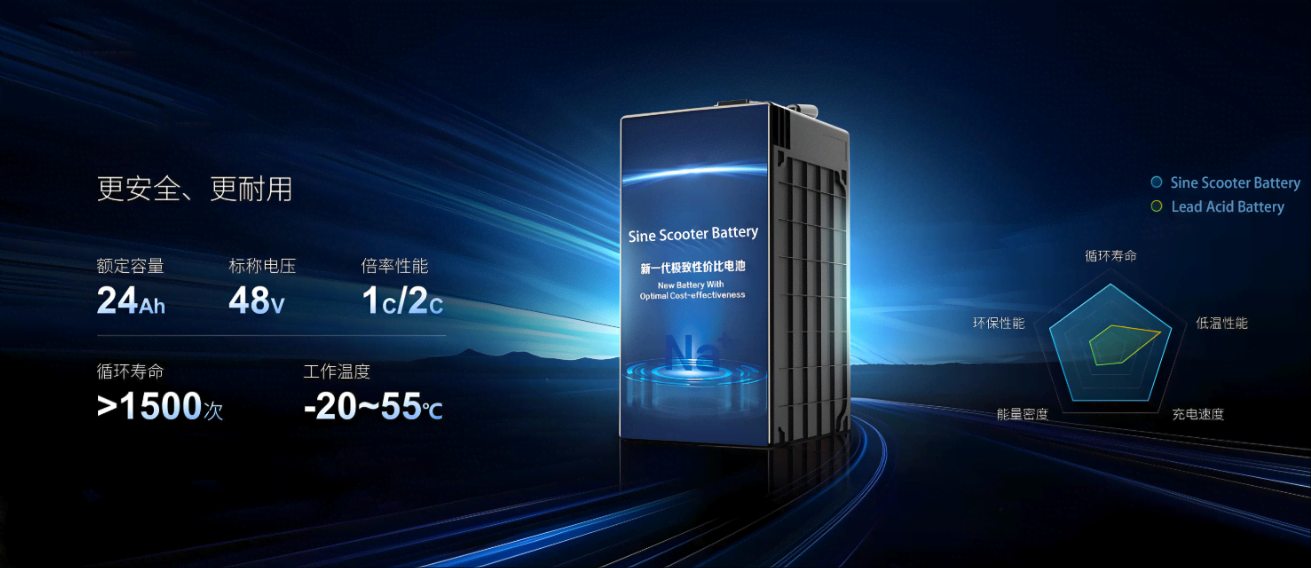


Add comment
Add comment: